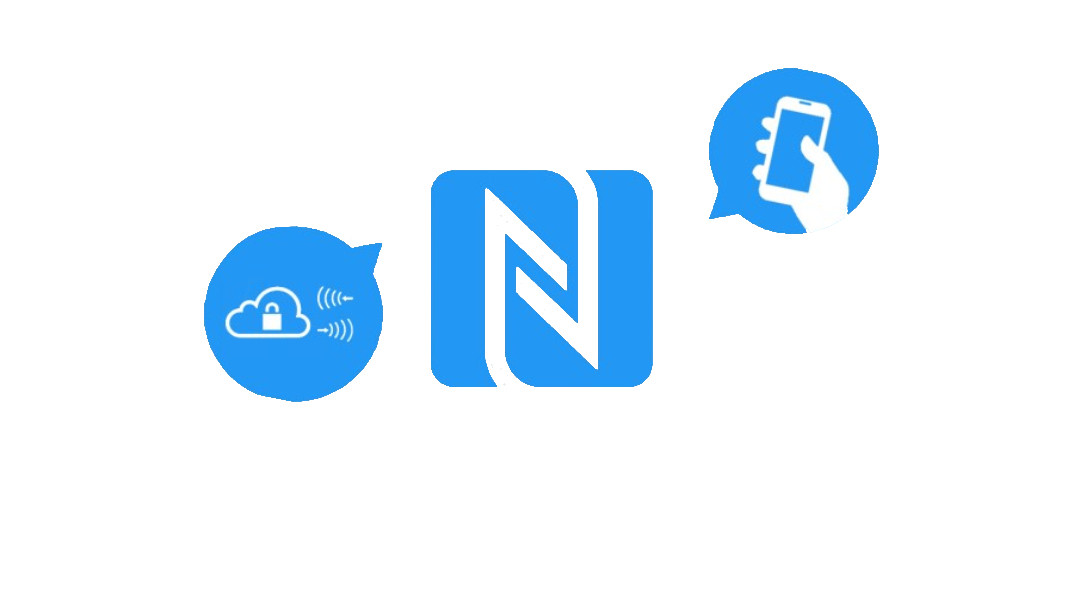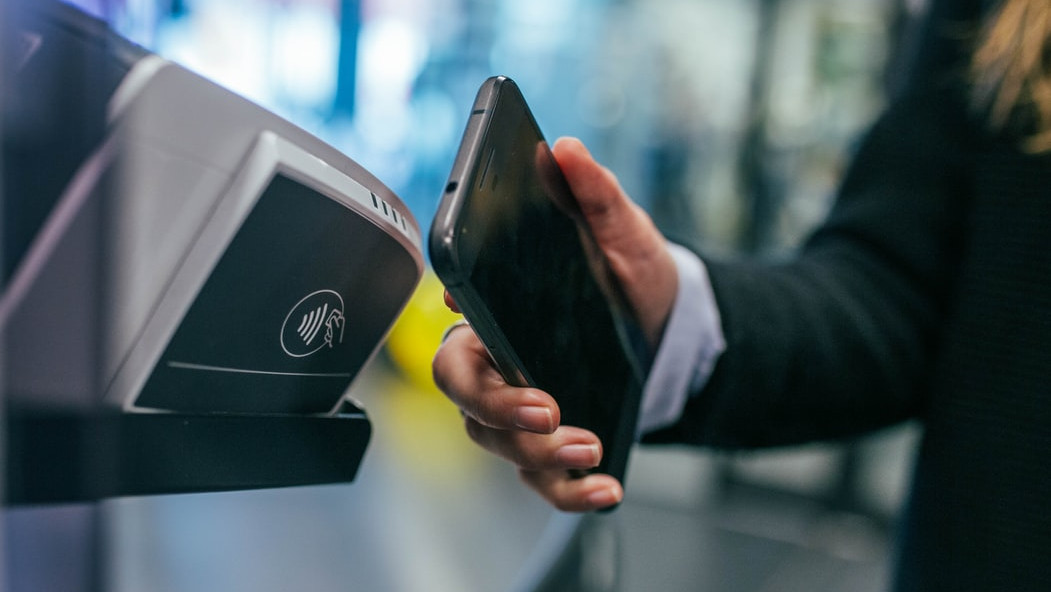Looking into RFID Types and Applications
NFC and its Technological Potential
NFC - Near Field Communication - it is a type of radio frequency commication, similar to RFID, and it has several applications, some of which are even part of our daily lives, without us knowing it.
In order to better understand what NFC is, firstly, it is better to start by understanding what RFID is. Briefly, RFID (Radio-Frequency Identification) is a way to uniquely identify items using radio frequencies, requiring only 3 elements: a chip (tag), an antenna and a reader.
The reader sends a signal to the chip (tag) through the antenna, and the tag "responds" with its unique identification number. This tag can be of many types and forms: an adhesive label, a screwing disc, a keyfob, a card, an identification badge, a wristband among other possibilities. RFID can operate on several frequencies: Low-Frequency (125 kHz), High-Frequency (13.56 MHz) and Ultra-High-Frequency (860 - 960 MHz).
The NFC operates in a High-Frequency (13.56 MHz), which is the same High-Frequency of RFID, and it is characterized by being specifically a short distance communciation, which the reading is made a few centimeters or even less then 1 centimeter from the reader. This feature makes NFC a popular choice when it comes to secure solutions for communication between devices, as is the case with smartphones.
THE ADVANTAGES OF NFC TECHNOLOGY
Something that distinguishes NFC from typical RFID devices is that an NFC device is able to act both as a reader or as a tag, allowing both peer-to-peer communication and the reading of NFC tags, making it widely used solution, for example, for contactless payments (such as Apple Pay and Google Pay).
Its main advantage, therefore, is its ability to share information and data only a short distance and safely, as well as the uniqueness of each chip. In addition, NFC is extremely versatile, being able to be applied in a multitude of industries, and it is quite simple to use, requiring only a tag with and NFC chip and a reader.
THE USE OF NFC TECHNOLOGY IN DIFFERENT MARKETS
Due to its characteristics, NFC technology can be applied in different ways in different markets and industries, some of which ar listed below:
- Business and Industrial Solutions, such as management and maintenance of assets / systems / facilities, payment solutions, ticketing, pesonnel identification and access control;
- Marketing and Promotional purposes, such as brand activations, interactive advertising (smart posters), customer loyalty and guarantee of product authenticity;
- Daily uses, such as programming NFC tags to perfom actions on the smartphone, such as turning on/off bluetooth or Wi-Fi, activating silence mode, among other possibilities.
NFC CHIP TYPES AND USES
Different types of NFC chips have different memories and characteristics, which in turn affects the amount of information that can be stored in each of them, as well as the applicability of the chip. The following tables list the main technical differences between the most popular chips, as well as the uses to which they are suited.
NXP NTAG® (ISO 14443-A)

NXP ICODE® SLIX (ISO 15693, ISO 18000-3)

NXP MIFARE® (ISO 14443-A)

Should you have further questions, please contact us!







Leave a comment